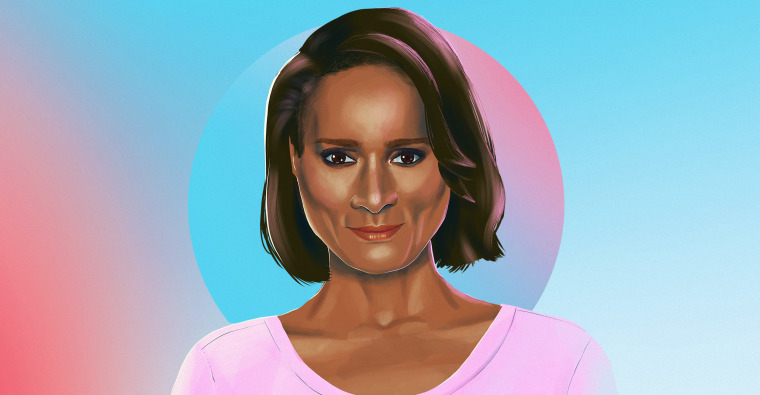Tracey “Africa” Norman hadn’t planned on making history as a model.
She’d planned on racing cars. Growing up in the 1960s and 1970s, she loved adrenaline, speed and her grandfather’s Chevys. She dreamed of becoming the first Black female race car driver. But, to get into racing was expensive, and her single mother couldn’t afford it.
“There was nothing else I wanted to do — until I was introduced to the world of fashion,” Norman told TODAY. “So when this opportunity came along to model I just jumped at it.”
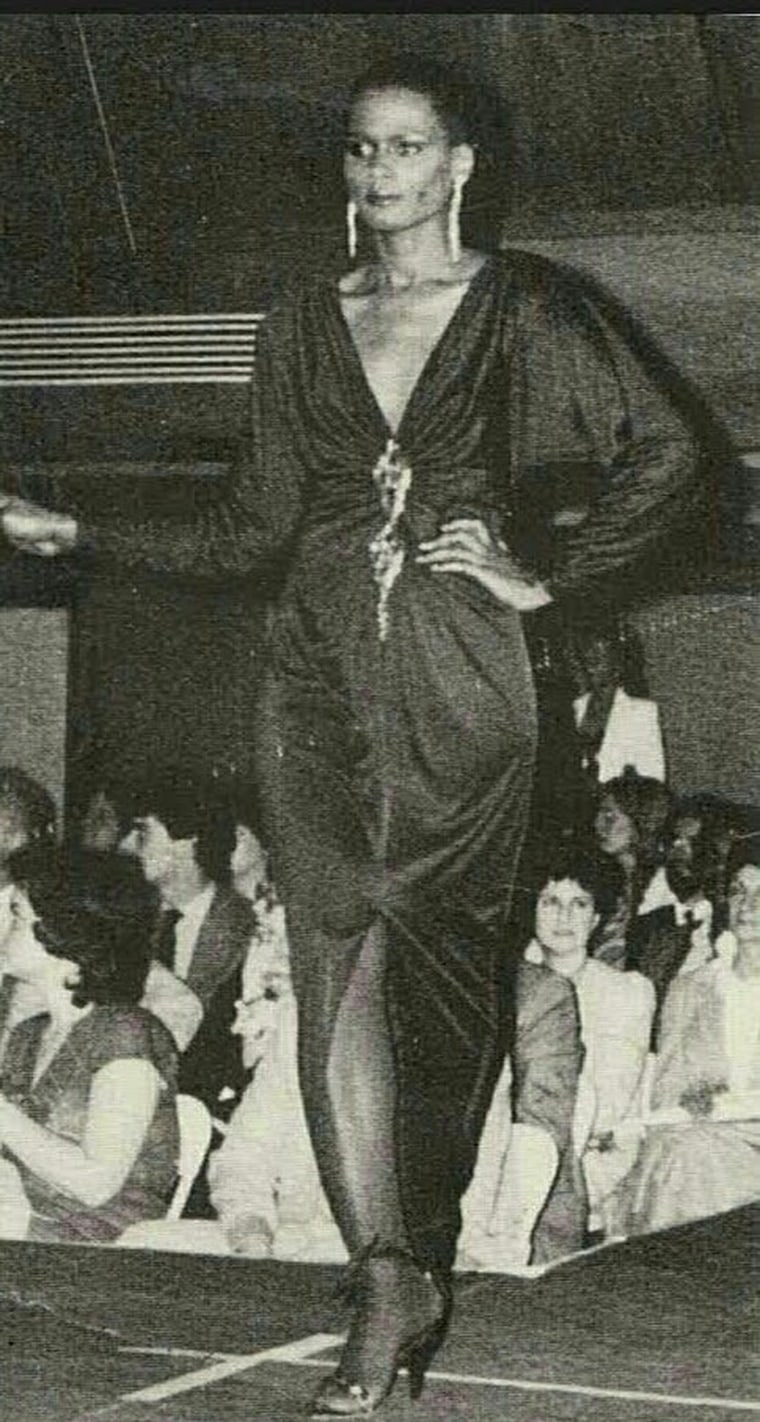
Norman, now 68, became a successful international model, booked by Italian Vogue, Balenciaga and others throughout the late 1970s and early 1980s. Her face was on a box of Clairol hair-dye for years and she had an exclusive contract with Avon. A transgender woman, Norman became part of LGBTQ history by becoming a model, the first Black trans woman to do so.
“You don't think in terms of creating a history for yourself,” Norman said. “Your mind is, ‘I got this bill to pay,’ and coming off of this high of seeing this photograph of yourself in a magazine.”
“As the first Black trans woman model to rise to prominence in the fashion industry, Tracey Africa Norman’s impact on representation and visibility for the trans community is undeniable," Anthony Ramos, head of talent for LGBTQ media advocacy group GLAAD, told TODAY via email. "By owning her truth and succeeding at a time when trans visibility and acceptance was minimal, Tracey Africa Norman paved the way for other trans models like Indya Moore, Angelica Ross, Geena Rocero, Valentina Sampaio, Leyna Bloom and others who are changing the face of the fashion industry today.”
She simply wanted to work
Norman’s big break came around 1975, when she was booked off a casting call for Italian Vogue. She hadn’t meant to go to a casting call that day, and thought it was a fashion show she was sneaking into. She’d been quietly attending fashion shows in New York City while modeling locally in her hometown in New Jersey. She was learning from the models in New York, watching how they placed their feet, how they walked, how they turned in the clothes. Her friend, a makeup artist who worked backstage, would tip her off on where to go. She'd get in by saying she was a fashion student.
On the day she booked Vogue, she’d arrived to see a show at a hotel on 5th Avenue. Outside the hotel, she saw a number of Black models standing outside, greeting each other, faces she’d seen in Essence. She followed them in. “My mind was telling me to follow them and get on the elevator and that’s what I did,” Norman said.
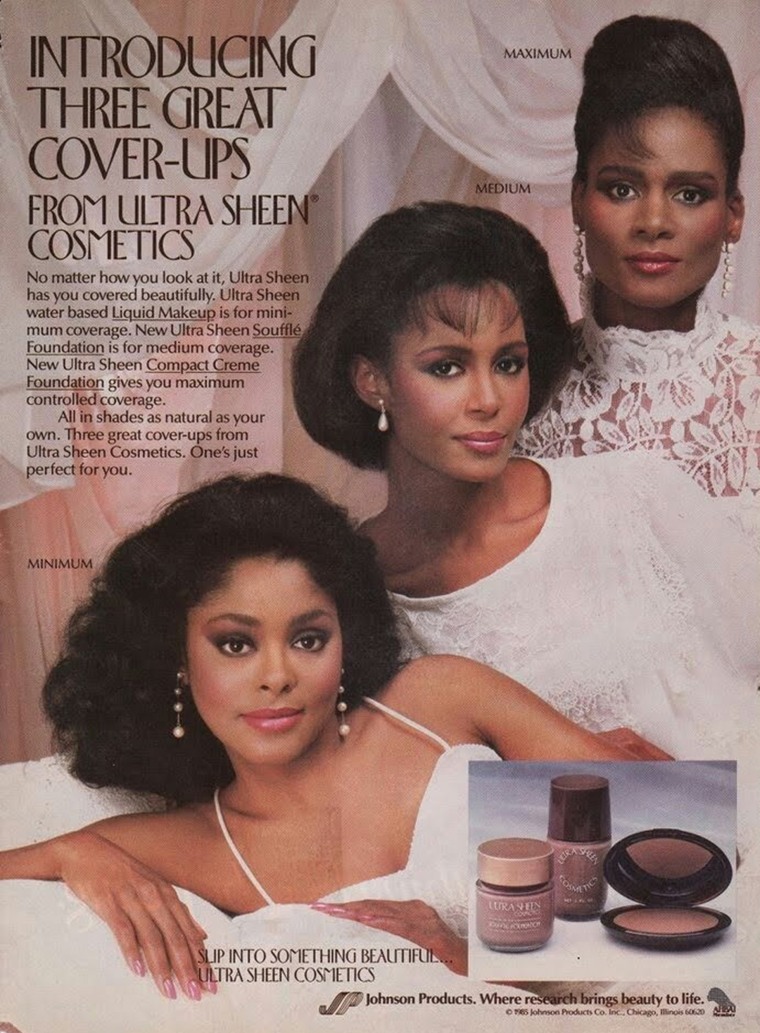
Interviews were taking place around a table. She waited her turn.
When she got to the table, she did not know what the casting was for, and did not know she was meeting with the editor of the magazine, as well as an Italian fashion designer and Irving Penn, one of the twentieth century’s greatest photographers. She gave him a color slide of her modeling she had in her purse. He asked her if she had an agent. She did not.
She got the job, and the next day, she also got an agent, thanks to Penn, who made a call. Norman was billed as a younger Beverly Johnson, who, in 1974, was the first Black model to appear on the cover of American Vogue. Work poured in.
"It is so vital that Tracey's story is told, that we understand that trans is not a recent phenomenon, that we've always been here... and those cheekbones!!"
Laverne Cox
Norman did not disclose her trans identity to her agent, clients or other models, out of fear she would never work again, but also, because, as she explained it, she’s a woman, and that’s that. At the time, the only other working trans model was Caroline Cossey, who was not out and was working under the name “Tula” (Cossey would be outed by a tabloid in 1981, following her appearance in a James Bond film). Norman said she never heard about anyone else, and no one spoke about trans girls modeling. Asked if Norman was concerned for her safety at this time, she said she was, simply, very busy, her career a “whirlwind,” and it never dawned on her to be afraid. She simply wanted to work.
In the mid-’70s, she was booked on a job for Clairol. The company was looking for models for its new hair dye, marketed specifically to women of color. Norman’s face and hair color soon adorned Box 512, Dark Auburn. The box was a bestseller and her contract was extended twice.
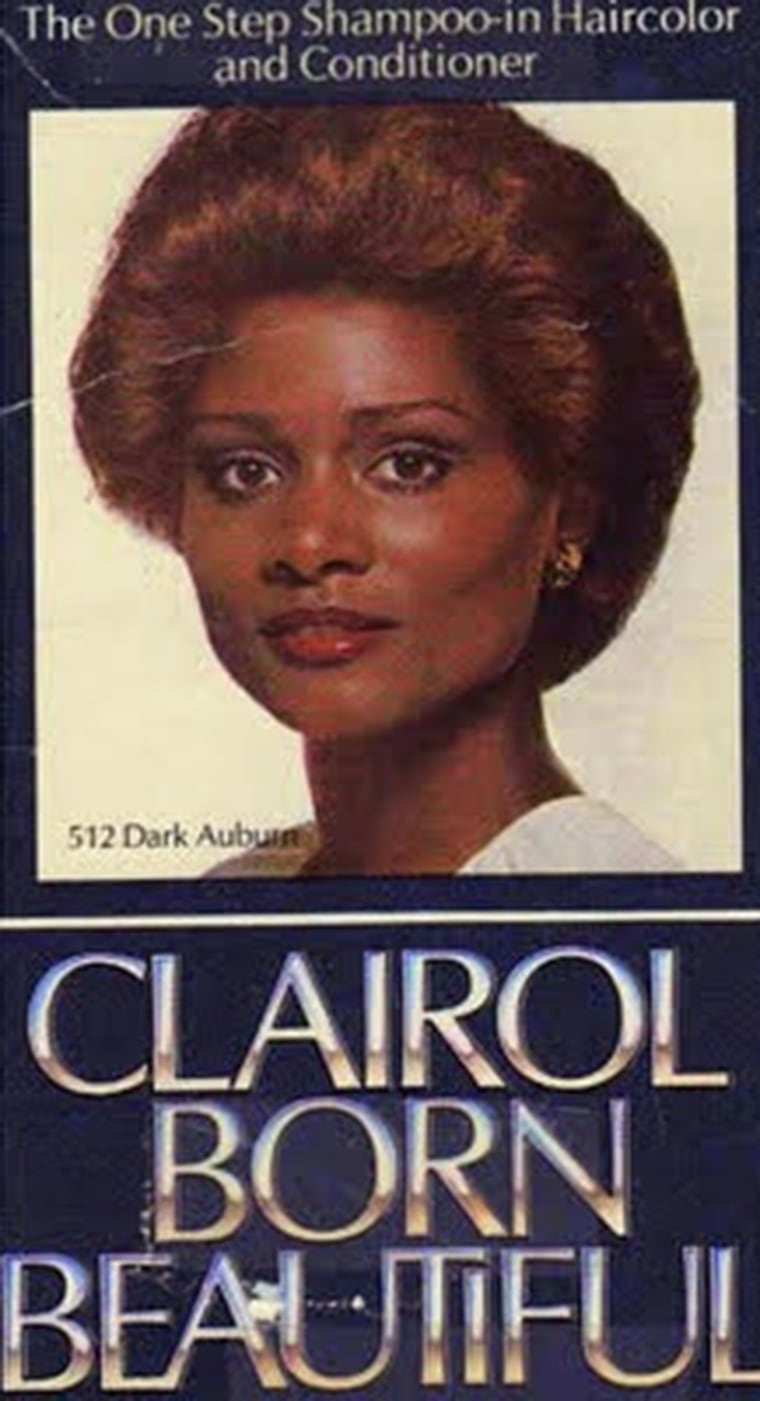
Norman’s first paycheck from Clairol paid for a rented apartment on the Upper West Side, and she moved there with Jason, her black poodle. The apartment had a fireplace and a balcony and she’d sit outside and watch the boats on the Hudson River. “For me,” she said, “I was in seventh heaven. I was on my own. Being responsible for myself, and my dog, and having money in the bank—that was a piece of success for me.”
She’d visit her mother in Newark, New Jersey, where she’d grown up. Norman’s favorite toy as a kid was the go-cart set her father gave her before he left, when she was 5 years old and her sister a toddler. Her mother, Barbara Johnson, who everyone called “Ms. Bobbi,” worked several jobs, but was also a professional bowler. According to Norman, her mother was the first Black woman to represent Newark in the yearly, televised bowling competition.
“She made history doing that,” Norman said. “I guess I followed in her footsteps. I made history for myself too.”
Norman came out to her mother on the day of her high school graduation. They sat on the steps of her school and Norman said, “You need to understand, I want to be a woman.” Her mother embraced her and said she already knew, and that she was just waiting for her daughter to come to her.
“Her love for me was the catalyst to move forward with what I wanted to do, because I had her support,” Norman said. “I became her eldest daughter.”
'She was looking for the person I was born as'
Norman’s modeling career reached its height around 1980. That year, she was booked on a shoot for Essence. She’d done a shoot for the magazine before, but told her booker she didn’t want to work with them anymore, as she was concerned she’d be found out.
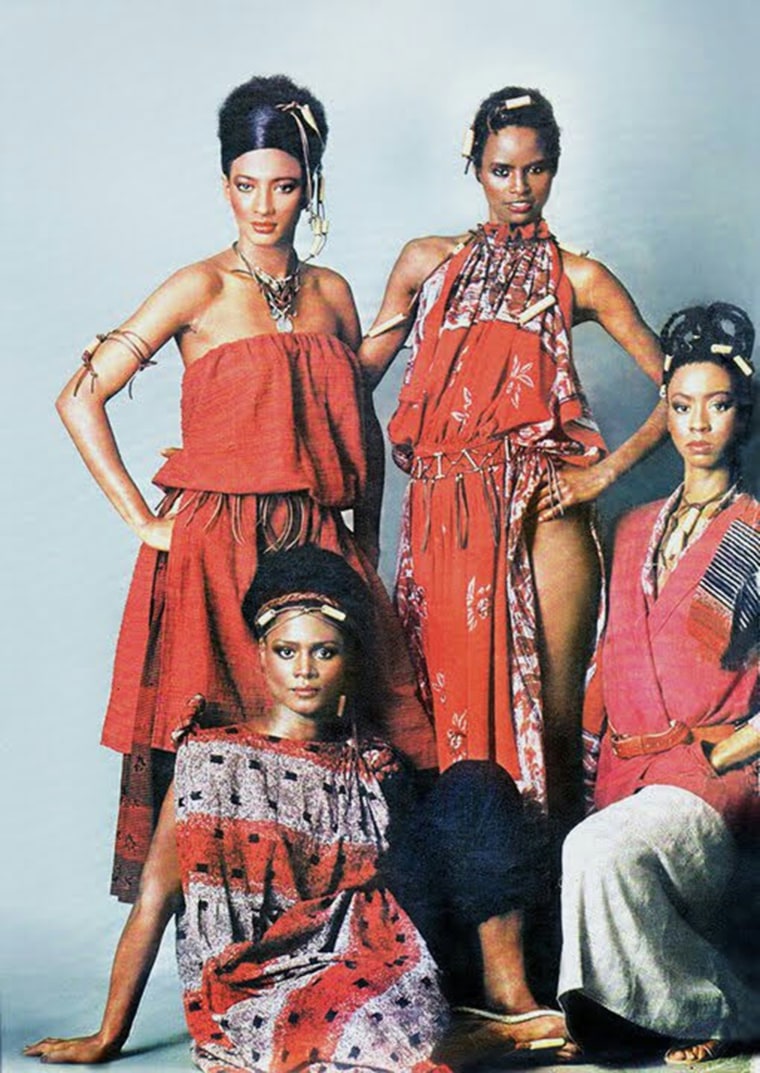
“I had predominantly white clients, and I was working with white photographers. I was getting a little nervous going to a Black magazine and being around my people,” she said, thinking that the crew on set would see her more clearly than their white counterparts. She had reason for concern: at her first shoot for Essence, the photographer indicated he saw her as a trans woman, but told her not to worry. She worried.
What happened at her second Essence shoot is disputed. Norman says she was outed by someone on set, and described the Essence editor at the time, Susan Taylor, as stopping the shoot and looking at Norman in the mirror, in a way that Norman understood to mean she knew. It was nothing explicit or overt. “She was looking for the person I was born as,” Norman said. “She had this confused look on her face.”
What’s certain is that whatever happened, Norman’s jobs ended after that day. She did not get new bookings and her agent dropped her. She never got an explanation. She and Jason moved back to her mom’s place in New Jersey, and, a couple years later, Norman flew to Paris with a friend and modeled there, becoming a house model for Balenciaga.
(Taylor told New York Magazine in 2015 she did not out Norman, call her agency or do anything to end her career. TODAY reached out to Taylor and she declined to comment.)
After a couple years Norman returned to the U.S., but still found the doors of high fashion closed to her. She had a series of different jobs, sold shoes and did some small modeling contracts, but nothing like what she’d experienced in the ‘70s.
It wasn’t until New York Magazine published her story that Norman experienced a kind of vindication, as well as the recognition she deserved. When her story was published, Norman was celebrated as a trailblazer and an icon.
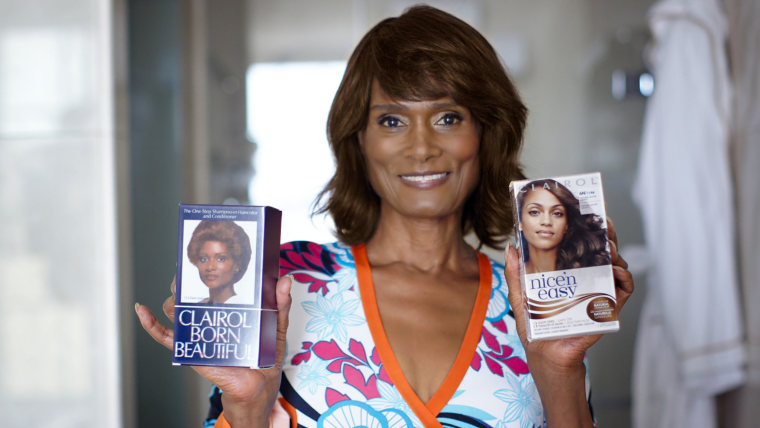
"It is so vital that Tracey's story is told, that we understand that trans is not a recent phenomenon, that we've always been here," Laverne Cox told TODAY via email. "It's crucial that we understand that we have a history of excellence, a history of resilience. Tracey's story exemplifies that excellence, that resilience. And those cheekbones!! I'm so grateful to Tracey for living her life, following her dreams and surviving so that we can all bask in her testimony."
“I know my mom probably has a smile on her face in heaven."
TRACEY NORMAN
Clairol called and booked her on a campaign, reviving a relationship from 40 years prior. The company said at the time they were “honored to bring back Tracey Norman as a woman who no longer has to hide her truth." And Norman finally got her magazine cover, gracing Harper’s Bazaar in 2016. Later this year, Norman will be inducted into the Smithsonian for her role in the history of fashion.
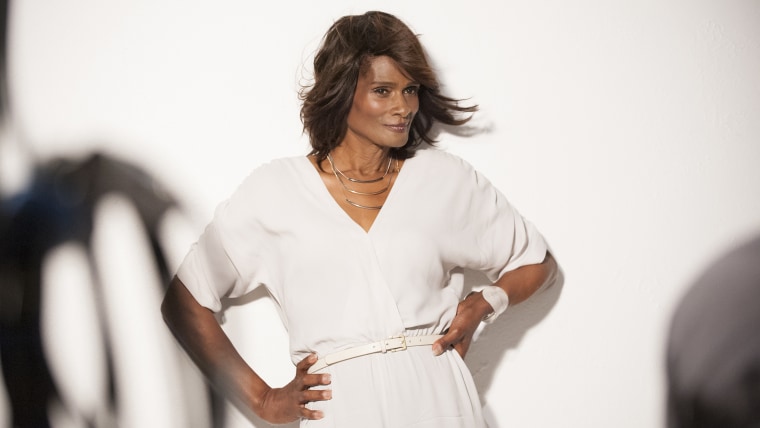
Norman says she can’t believe it.
“I know my mom probably has a smile on her face in heaven,” she said. “I guess that’s why she kept telling me I was born before my time.”
This LGBTQ Pride Month 2021, TODAY is highlighting the LGBTQ trailblazers in pop culture who paved the way, along with the trendsetters of today who are making a name for themselves. By examining their experiences individually, we see how all of their stories are tied to one another in a timeline of queer history that takes us from where we were to where we stand today.
